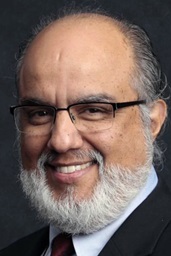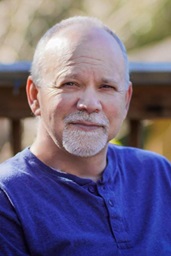*Originally posted at bishoppeggyjohnson.blogspot.com
On our recent family vacation to Austin, Texas, we drove 23 hours southwest to the home of my mother-in-law. This was our first long road trip in a very long time and in the past we have used paper maps. This time we used computer-generated technology that was far more efficient.
The best part about it was that you could zoom in on an area and see particular street corners, restaurants and gas stations. Then this same technology enabled us to zoom outward and see the entire map of the United States and that pencil-thin blue line that went from PA to TX in the space of 3 inches. Seeing the big picture was helpful to get an idea of how far we had come and how far we had left to go.
When I think of “big picture” I think of the civil rights movement and its most famous leader, Dr. Martin Luther King, Jr. Dr. King lived in a time and a place in history that was specific to the cause of civil rights in the United States and the elimination of Jim Crow laws that had long created an unjust disparity between people of color and Caucasian people. However, King also saw the big picture that is as big as all of humanity.
In his “Letter from the Birmingham Jail” Dr. King wrote, “Injustice anywhere is a threat to justice everywhere. We are caught in an inescapable network of mutuality, tied in a single garment of destiny. Whatever affects one directly, affects all indirectly.”
That takes in a lot of landscape! It includes racial justice, socio-economic justice, gender parity, disability rights, civil rights for people in the LGBT community, equal rights for people of various religious beliefs, and humanitarian rights for people who are migrants. The big picture pulls everyone into the equation, and it puts a huge responsibility on those who have the world’s privileges to see the necessity to work toward leveling the playing ground for everyone’s best interest.
In Parker Palmer’s New Year’s Eve blog “5 New Year’s Revolutions” (Onbeing.org, December 30, 2015) he calls for a “revolution” against “the fantasy that a few of us can live secure, private lives while ignoring our complicity in conditions that put many others at mortal risk.” According to Palmer, fifty percent of the world is malnourished and 68 percent lives on only $2 per day. Seeing the big picture of poverty and injustice calls us to zoom in on local, practical justice work.
To honor Dr. King’s vision of justice for all on his birthday, and in the spirit of our denomination's observance of Human Relations Day on Jan. 17, ponder what you can do to help create equity in this world, through your words and deeds. Be like the big-picture-thinker John Wesley who saw the entire world as his parish. Take a look at how far we’ve come and how far we have yet to go to see that everyone has the same freedom and rights in this world.
Then step into that big picture yourself. Find places where you, your gifts and your Christian faith and values might fit. See what's there, what's not there, and how you can help close some gaps, build some bridges and make crooked places straight.
Remember, just as maps change over time, the big picture in which we all live, love and learn as children of God is not yet finished taking shape. And as 1 John 3:2 tells us, "it doth not yet appear what we shall be."
Like what you're reading? Support the ministry of UM News! Your support ensures the latest denominational news, dynamic stories and informative articles will continue to connect our global community. Make a tax-deductible donation at ResourceUMC.org/GiveUMCom.




